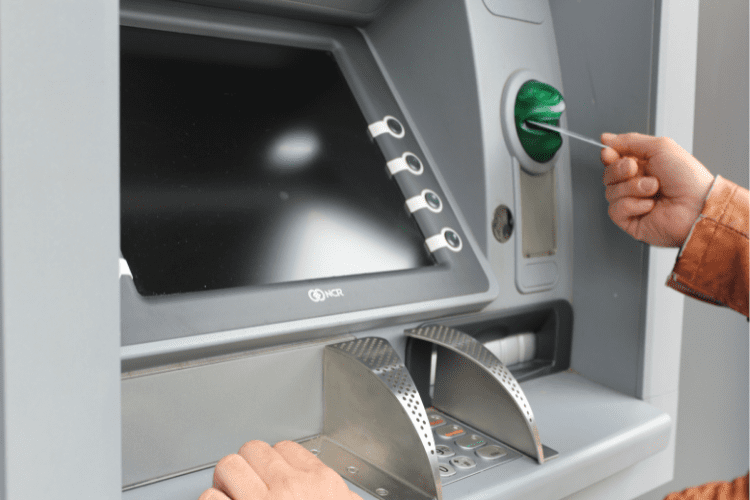Credit Card Skimmers and How to Spot Them

How many times a day do you use your credit card to make a purchase? If you’re like most Americans, your credit card sees plenty of action throughout the day, which makes it vulnerable to devices called “skimmers.”
Credit card skimmers are small, illegal devices placed on top of real card readers, usually at self-service sales terminals. Since they’re purposefully designed to blend in with the existing card reader, most people don’t realize they’re inserting their card into a skimmer until they’ve already become the next victim of fraud and theft.
Make sure your financial information doesn’t fall into the wrong hands: let’s walk through what card skimmers are, how you can spot them, and more tips on protecting yourself financially.
What Are Credit Card Skimmers?
A credit card skimmer is a device that reads the magnetic stripe or chip on your credit or debit card. Skimmers are often attached to ATMs (including drive up ATMs), gas pumps, and other points of sale areas. As soon as you swipe or insert your card into a skimmer, it captures your card number, expiration date, name, and possibly even your personal identification number, or PIN.
Hackers use skimmed information to make fraudulent charges online or over the phone, known as “card not present” fraud: instances where purchases can be made with just the credit card information and without the physical card. Others sell your data or create counterfeit cards with the information. This makes card skimming especially dangerous since you may not notice any signs of skimming until the damage is already done. Luckily, most credit cards include some level of fraud protection, but you won’t want to find yourself in this position!
Read More: Chase Sapphire Preferred vs. Reserve: How To Get The Most Free Travel or Cash Back
How Can You Tell?
It isn’t easy to spot a skimmer, but it’s not impossible, either! If you’re vigilant and know the signs, you may be able to spot a credit card skimming machine before it makes you its next victim.
These four signs indicate the presence of a skimming machine:
- The reader looks different than those at nearby gas pumps or ATMs.
- The card reader may feel loose or unsecured; if you can wiggle the reader, it may have a skimmer attached.
- The card reader appears bigger than it should, indicating that a skimmer is on top of the normal reader device.
- The colors on the card reader and receipt printer don’t match.
Skimmers don’t just strike at ATMs and gas pumps; remain alert for credit card skimmers in any of the following areas:
- Parking meters
- Ticket kiosks
- Grocery store point of sale
Other ATM Safety Tips
You can take certain safety precautions to make sure you don’t fall victim to a credit card skimmer.
Use these tips to stay protected:
- Run your debit card as a credit card without using the PIN.
- If you must use your PIN, cover your hand when typing, in case hidden cameras are tracking your actions. Also, it doesn’t hurt to be vigilant about anyone standing too close to you when you’re typing in your PIN!
- Go into a bank or gas station instead of using a self-service kiosk.
- Pay with a mobile payment service such as Apple Pay, Google Pay, or PayPal, which are not vulnerable to skimming.
- Use ATMs and gas pumps in busy, well-lit areas since they are less likely to be equipped with skimmers than remote or out-of-sight locations. It’s also important to be vigilant of your surroundings when accessing an ATM.
The truth is, we live in a technological world where hackers and financial criminals can thrive. But with a bit of diligence and caution, you can keep your financial information safe and keep your money safely out of the wrong hands.
Read More: Capital One Venture vs. Capital One VentureOne Rewards Card: What’s the Difference?










